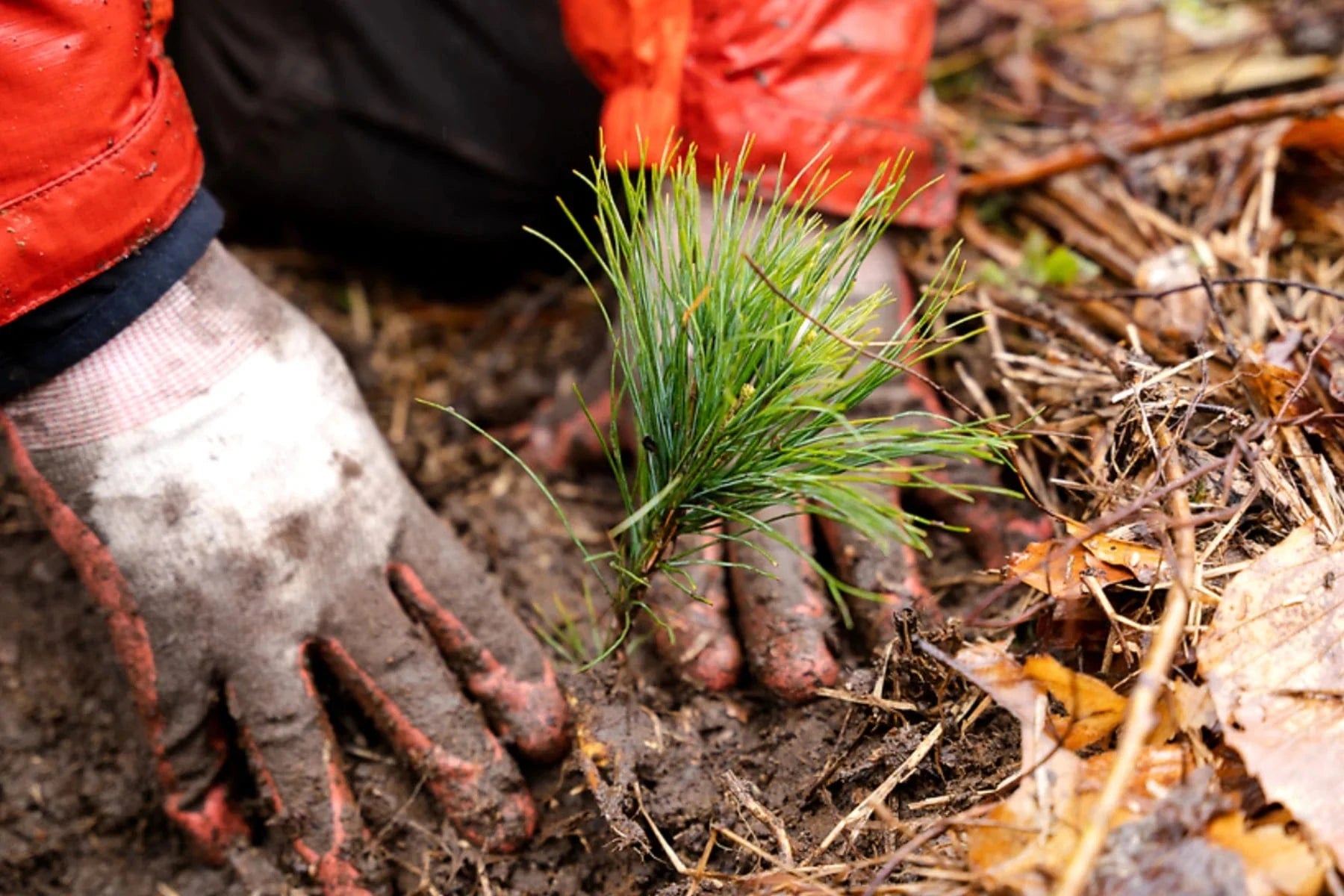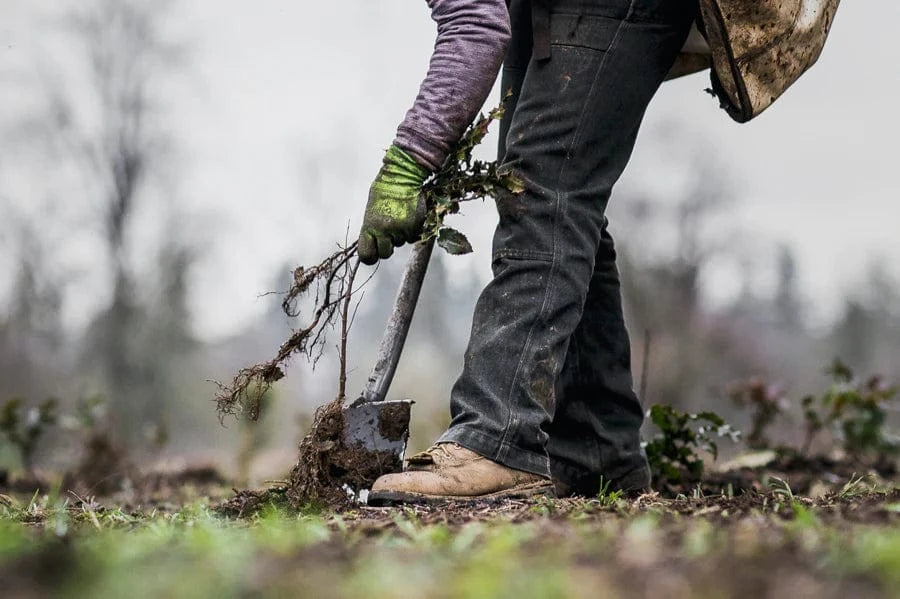
Get news, updates, & event Info delivered right to your inbox:
The Critical Role Trees Play in Improving Soil Quality
Trees provide and facilitate the ecosystem services, such as clean air and clean water, that provide the conditions for life on Earth. When we think about trees, soil probably isn't the first thing that comes to mind. But with more than half of all life on Earth living underground, it's worth learning about this perhaps under appreciated part of our environment.
Defined by the Natural Resource Conservation Service of the USDA as "The unconsolidated mineral or organic material on the immediate surface of the Earth that serves as a natural medium for the growth of land plants," soil is critical to, arguably, all of life on Earth.
The relationship between trees and soil is mutually beneficial. From reducing soil erosion to increasing soil fertility, trees naturally improve soil quality and reduce the risk of landslides and other soil-related natural disasters. Learn more about the role that trees play in improving soil quality.

How trees help soil creation
According to the UN, about 95% of the food we eat is directly or indirectly grown on soil. Not only does it infuse our food with important minerals and nutrients, it helps sustain plant and animal life, regulate water flow, filter and absorb pollutants, and provides physical stability.
Forests play a critical role in creating new soil by weathering parent rock materials and decomposing organic matter. Trees accomplish this through complex physical and biological processes. They break up rock material by extending their roots into existing cracks, and introducing biochemical elements that facilitate weathering and fragmentation. Closer to the surface, their roots hold soil in place — and aboveground, they contribute organic materials that break down and add nutrients back to the soil. Tree roots also help improve soil structure by leaving room for aeration and drainage.

How trees prevent soil erosion
Typically, soil erosion is a slow, natural process. However, the rate at which it happens can be directly correlated with the amount of trees and forest cover in an area. Trees and vegetation reduce the impact of erosive forces like wind and rain — and can directly intercept rain, preventing a phenomenon known as “splash erosion.”
Below the surface, tree roots also help to prevent soil erosion and protect topsoil. In addition to binding the soil and increasing its stability, they improve drainage and absorption. This helps soil soak into the ground rather than running over its surface.

How trees increase soil fertility
Soil fertility is vital for sustaining ecosystem functions and living organisms. Trees improve soil fertility by contributing organic matter that breaks down, increasing the presence and activities of microorganisms, breaking nutrients down into more bioavailable forms, cycling nutrients upward from soil layers deep beneath the surface, fixing nutrients, and reducing nutrient loss by limiting leaching, erosion, and runoff.
By planting trees, you are helping create soil, prevent erosion, increase soil fertility, sustain life, and more. Plant trees today!
Get news, updates, & event Info delivered right to your inbox:
Related Posts
Why Trees Are Great Holiday Gifts
04/12/2025 by Meaghan Weeden
Real vs. Fake Christmas Trees: Which is Better For the Environment?
20/11/2025 by Meaghan Weeden
8 Reasons to be Grateful for Trees This Thanksgiving
18/11/2025 by Meaghan Weeden
Popular On One Tree Planted
What Causes Deforestation?
10/07/2025 by Meaghan Weeden
8 Amazing Bamboo Facts
14/01/2025 by Meaghan Weeden
Inspirational Quotes About Trees
09/01/2025 by Meaghan Weeden
Fundraising Disclosures

Be Part of the
Restoration Movement
The Grove is more than just a monthly giving program: it's a vibrant community of individuals who are dedicated to reforestation and environmental restoration on a global scale.
As a member of The Grove, you affirm your commitment to restoring forests, nurturing biodiversity, and fostering positive global change.





